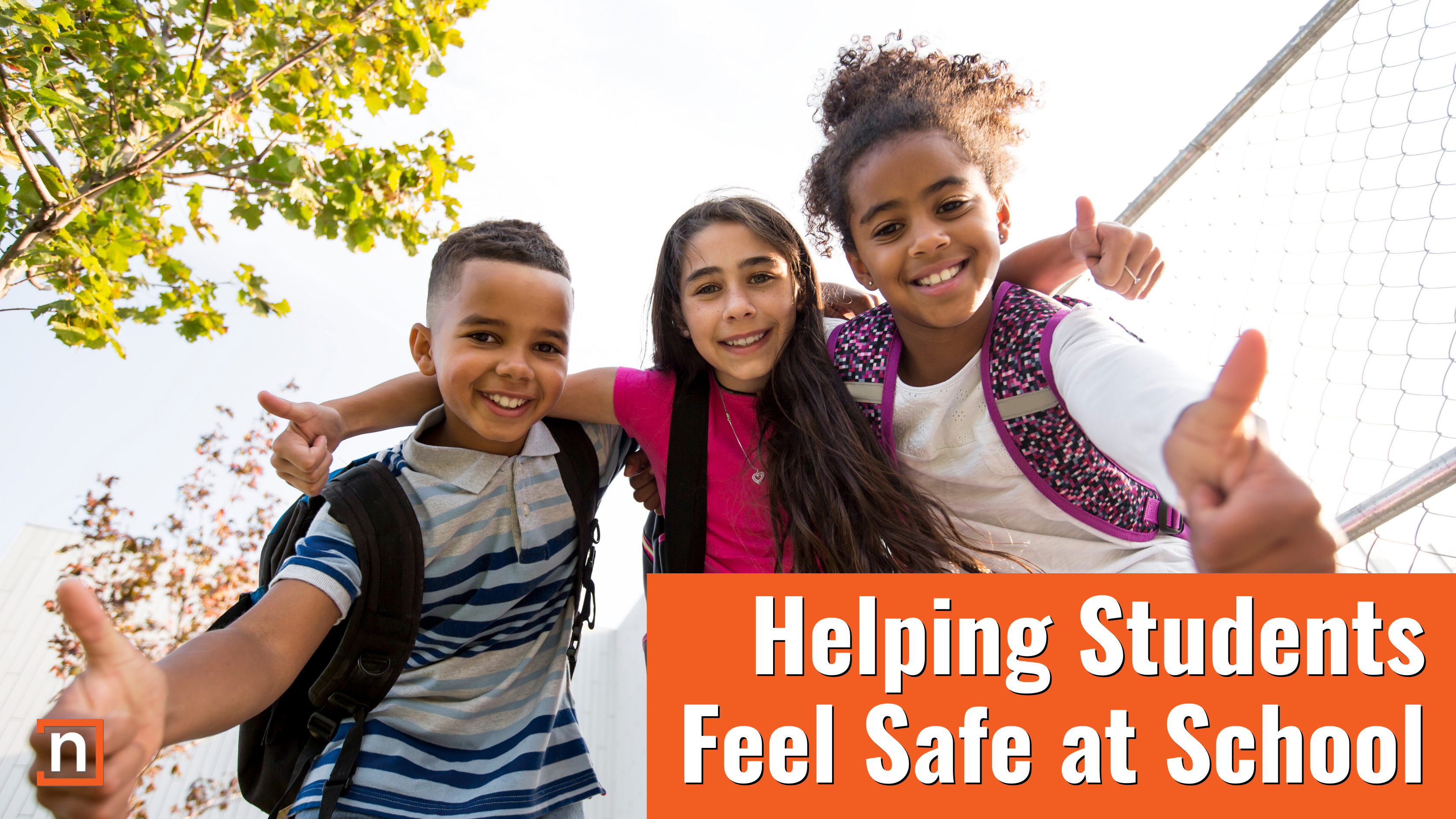Back-to-School Safety Series, Part 2: Helping Students Feel Safe at School
When it comes to school safety planning, the responsibility is usually placed solely in the hands of the adults. Re-evaluation of safety protocols and retraining of faculty and staff in emergency operations plans is standard practice at the beginning of a school year. Most schools even review emergency procedures with their students at the beginning of each semester. However, this transfer of knowledge is often one-way, and rarely are students asked how they feel about their own safety. In order to raise safety awareness among students, we first need to get them involved in their own safety.
A recent survey completed by Safe and Sound Schools showed that there is a significant gap between what adults and students perceive as safety concerns. For example, most students surveyed expressed a greater concern for emotional health. Students also reported having lower confidence than their parents and teachers in the way their schools handle bullying and cyberbullying.1
Findings from the survey include:
- All groups are extremely concerned about mental health crises, bullying/peer- on-peer abuse, substance abuse as well as neglect/abuse at home and even basic needs.
- Only 60% of students felt their school or district was prepared to support students who are being bullied at school or online.
- 79% of students perceived an increase in depression, compared to parents at 60%.2
This survey illustrates an important point about school safety awareness: What adults are emphasizing and what students are most concerned about simply do not match up.
When raising awareness of school safety, crisis response training is vital; thorough evaluation of emergency operations plans is the bare minimum. While there are certain things that adults must emphasize, regardless of how students feel, it is important to open up the conversation about student concerns. If students do not feel safe, whether physically or emotionally, it is the adults’ responsibility to find the gaps and assess ways to fill them.
In her article, “The Safety and Security Side of Teacher Preparation,” Emily Sallee (Assistant Professor of Counselor Education at the University of Montana and the Executive Director of the Montana Safe Schools Center) says the following:
“When students feel safer, when they perceive their environment to be secure, they are neurologically more readily able to learn and retain new information. This phenomenon applies to their educators as well; when teachers feel safer, they are more readily able to teach and support their students’ learning. The key component of this is not the actual safety, whether or not related to acts of school violence. Rather, it is the perception of safety in the school environment that must be addressed and prioritized.”3
In other words, no matter how many physical security measures are taken by teachers and administration, if students do not perceive their school as a safe place, their learning will inevitably be negatively affected. The abstract feeling of safety is sometimes more difficult to address than something as concrete as gates and locks.
“When students feel safer, when they perceive their environment to be secure, they are neurologically more readily able to learn and retain new information. This phenomenon applies to their educators as well; when teachers feel safer, they are more readily able to teach and support their students’ learning. The key component of this is not the actual safety, whether or not related to acts of school violence. Rather, it is the perception of safety in the school environment that must be addressed and prioritized.”3
-Emily Sallee, Inside Higher Ed (July 2022)
So how do we help students feel safe?
1. LISTEN.
The first step must be to make sure students feel heard. They have their own valid concerns about safety, and not being able to express those concerns can increase anxiety. Find a way to involve students in the discussion about safety. Send out anonymous surveys and leave some questions open-ended to allow students to express concerns in their own words. Have open discussions in the classroom about safety issues and ask students for their input on ways to increase awareness of safety in their school.
2. SHOW, DON’T TELL.
Go beyond reviewing the handbook with students on the first day. Show students that your faculty and staff are serious about their safety. Post safety awareness reminders around the school. Allow students to create safety awareness posters about issues that matter to them, and then display them in the hallways. Encourage students to visit the counselor by providing them with passes or implementing a no-questions-asked policy when they express a need to visit a counselor or nurse.
3. ACTIVELY PROMOTE MENTAL HEALTHCARE AND EMOTIONAL WELL-BEING.
Incorporate social and emotional learning activities in classes. Allow students to take mental breaks in class. When students are feeling overwhelmed, take a few minutes to address coping mechanisms for stress and confusion before launching into a re-teaching of material.
4. PRIORITIZE EMOTIONAL WELL-BEING OVER BELL-TO-BELL INSTRUCTION.
This one may sting for educational leaders. Bell-to-bell instruction has often been touted as both an academic and a disciplinary measure to help students stay focused and minimize disciplinary problems within the class period. However, it can also be a way for students struggling with mental health to feel more overwhelmed and less able to cope with the unrelenting pressure to perform. Taking 5-10 minutes at the beginning or end of class to provide students time to relax and relieve stress may actually increase their productivity – and more importantly, their mental well-being – in the long run.
5. PRIORITIZE TEACHER MENTAL HEALTH AS MUCH AS STUDENT MENTAL HEALTH.
Teachers have one of the most difficult jobs there is, and it can take a serious mental toll. From Day One, teachers have it drilled into their heads that everything they do should be for students. However, no one can pour from an empty cup, and teachers need just as much help sometimes taking care of their own mental health. Keep planning periods sacred; Allow teachers that full time to make plans and decompress. This is not free time which can be commandeered by meetings and training sessions; it is a vital part of a teacher’s work day and crucial to their mental wellbeing and effectiveness as a professional educator. Not only is it important to help teachers feel mentally and emotionally safe, it is also a good example to set for students. When teachers and other leaders are allowed (and encouraged) to take time to decompress and have breaks within their day, it can create a ripple effect of calm across campus.
There are many ways to enhance student mental well-being, but a good place to start is to simply open up the conversation. Students can be very insightful about where safety issues lie, especially when it comes to conflict and emotional wellness. Safety awareness begins with open, honest, and often difficult conversations about what is really going on with our students and how we can make them feel as safe as possible.
The nSide platform is here to help schools organize their emergency operations plans, monitor physical safety, as well as provide a more efficient way to conduct behavioral assessments that evaluate students’ circumstances, well-being, and get them the adequate care they require. Contact us today at help@nside.io and let us help you get started with an evaluation of your school’s safety needs.
Sources:











[…] Insisting that students take ownership of their safety and providing a way for students to report on suspicious activities are essential parts of a safe environment that can be reinforced universally. Students must be involved in their own safety, as highlighted in our previous blog. […]